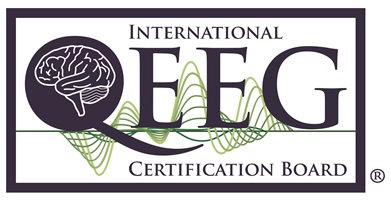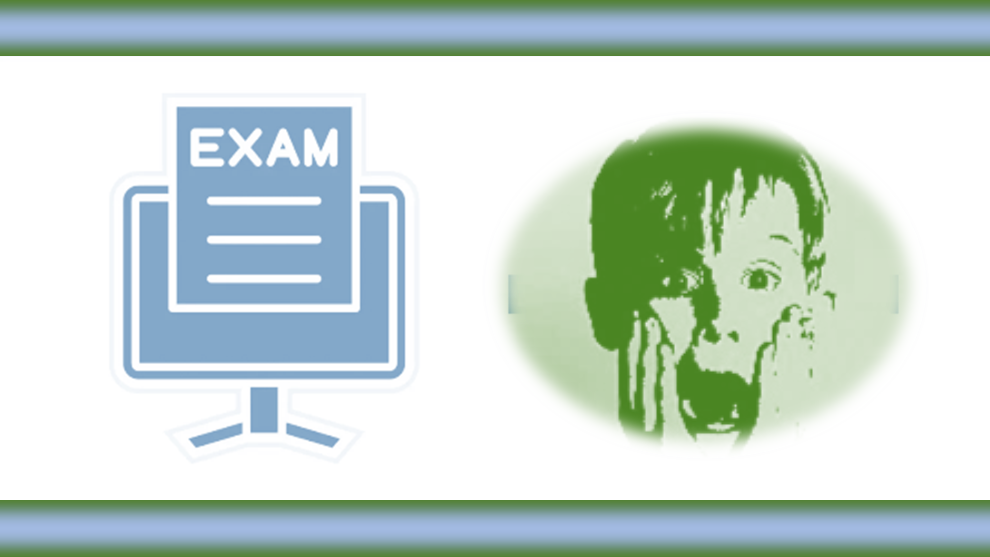The International QEEG Certification exam has evolved over several years. We are now on the seventh edition. In the beginning, questions on artifacts were at the beginning of the exam in one section. The board felt that identifying artifacts would be a good way to start the exam as most people could do this without too much trouble.
We were wrong! Applicants not only had difficulty identifying artifacts, but many applicants also experienced anxiety which sometimes disrupted the rest of the test taking. Fortunately, this is no longer the case. Feedback to the mentors and didactic course providers helped to remedy the problem.
The ability to identify artifacts is crucial. Brain maps are averages of metrics like power and coherence. The average metrics can be misleading. For example, without inspection of the raw data, it would be difficult to discern the difference between muscle tension artifact and high spindling Beta. Increased Delta could be indicative of small movement artifact. Epics of diffuse high amplitude slowing might totally be missed. In other words, the results of the brain map must be interpreted in context of the raw data.
I would encourage people to become true “experts” in the examination of raw data by learning to identify artifacts, and, to learn to examine and interpret raw data with different montages to allow a better understanding of the resulting brain map.
B. Robert Crago Ph.D., IQCB QEEG-DL & Board Member






I appreciate the necessity of detection and removal of artifact from interpretable data. One of the limitations of quantitative averaging of metric data in qEEG is its failure to detect morphological abnormalities. The implications of failed detection of i.e., epileptiform, triphasic waveforms, paroxysmal epochs and differentiating spike from sharp waves, can have deleterious implications for diagnosis and treatment, when missed. Clinical practice standards must include first the review of the raw EEG for morphology, evoluation of even subtle changes in the EEG such as burst duration and burst suppression of abnormal morphology, as the reference point for the interpretation of qEEG data. Always begin by reviewing raw EEG activity as the primary foundation of all further interpretation.